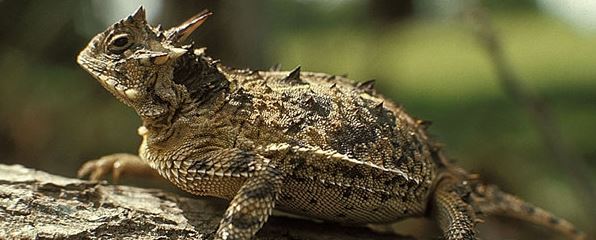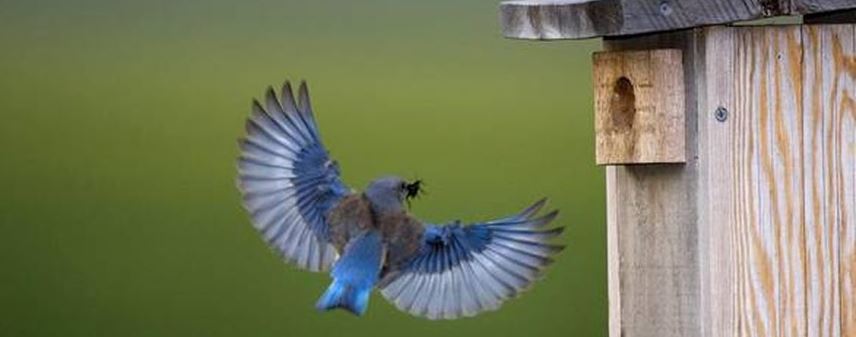Texas Wildlife Exemption
We can help you convert your property to a wildlife exemption. We develop wildlife management plans for landowners like you to convert Texas agricultural lands into wildlife management use, i.e. a wildlife tax valuation. Before working with you to create a wildlife exemption management plan for your property, we must ensure that your property at least meets the initial qualifications to convert your land to wildlife tax appraisal.
First, does your property currently have a 1-d-1 agricultural (ag) valuation? Secondly, have you owned the property that you are interested in converting to a wildlife tax appraisal for at least 2 years? If the answer to both of these questions is yes, then the land has a direct path to a wildlife exemption. You will need to apply with the local county appraisal district and submit a management plan. We can help you develop a comprehensive wildlife management plan.
If the tract you purchased was part of larger property that was reduced in size since the prior tax year or at the time of sale then additional minimum requirements must be met in order to successfully apply for a wildlife tax valuation. You still may be able to convert the property to a Texas wildlife exemption. Contact us and we will help assess your options.
New Tract? More on Wildlife Exemption Basics
If you recently purchased a tract of land that has an ag tax exemption (valuation) and was reduced in size, i.e chopped off a larger parcel, then there is a good chance you can still apply for a wildlife exemption in the ecoregion where the property is located. The key point here is the resulting size of the new tract since it will be subject to the minimum acreage requirements in your county.
We can make a precise determination if you simply submit some basic information here to start the process of at least determining what options are available to you. There is no cost for this assessment and it will help determine whether or not a wildlife tax appraisal is even an option.
A wildlife management plan must be submitted to your local tax appraisal district as part of an application package to convert your property to a wildlife valuation. So, why switch to wildlife?

Benefits of the Wildlife Exemption
What are the benefits of a wildlife exemption? Well, first and foremost habitat management and enhancement helps native wildlife, whether it be neotropical migrants (songbirds), upland game birds, or white-tailed deer. But native plants and animals are not the only ones that benefit from the wildlife valuation of your property — you benefit, too!
It’s a win-win situation. Not only do good land stewards feel good about making their property better, but landowners can also maintain the same tax rate on a property as was under an agricultural tax valuation without performing traditional farming and ranching practices.
Ag valuation rates are typically less than $2 an acre. Compare that to residential valuations that start at $30-40 an acre. Even on a 30 acre tract that is a minimum tax difference of $840 annually!
Lastly, the benefit of using WildlifeExemption.com is that you can ensure that the management practices implemented on your property are in-line with state and local county appraisal district requirements. Not only will our experience get your formal management plan right the first time, but we will save you time as well as potential aggravation.

Overview of the Wildlife Exemption
The wildlife exemption, which is more properly termed wildlife tax valuation, allows a qualifying landowner in the state of Texas to have their property valued at the agricultural tax rate without traditional farming or ranching practices taking place on the land. The wildlife valuation is not a passive program, but more precisely refers to a property that is being actively managed for improved wildlife habitat. To qualify, at least three out of seven general management practices must be implemented.
The 7 Management Practices of Wildlife Tax Valuation
- Habitat Control
- Supplemental Shelter
- Supplemental Water
- Supplemental Food
- Predator Control
- Erosion Control
- Census (Surveys)
Property Size Determines Options for Texas Wildlife Exemption
Not all wildlife species can be managed for on every property. Just as habitat requirements and space considerations are biologically based for all wildlife species, property size dictates the appropriate types of animals that can be managed for on any parcel of land. The verbiage to qualify for wildlife valuation states that the habitat found on a property must provide breeding, wintering, or nesting habitat.

Property size and the plant communities found on a property determine the focal species that make sense when applying for a wildlife exemption tax valuation. Smaller properties, such as those less than a couple hundred acres in size, are better suited to the management of smaller critters such as songbirds, doves, bats, amphibians and pollinators. Larger properties, on the other hand, can be managed for animals that use larger areas, such as white-tailed deer and wild turkey.
